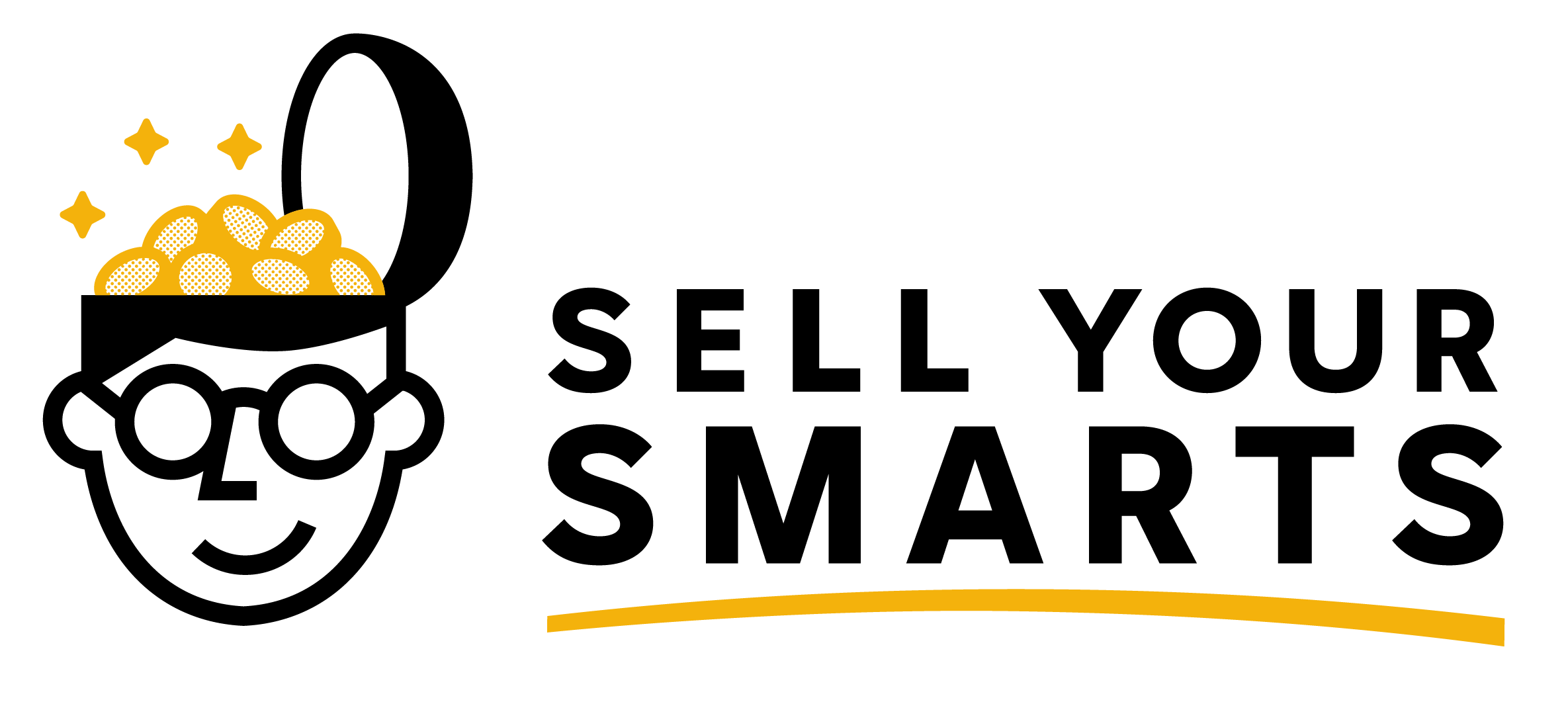You’re familiar with the long-winded orator, of course. You know the type. You’re listening to a speaker at a conference, or a preacher at church, and at first you’re intrigued. You’re listening intently, nodding along, and then suddenly you feel like the speaker blazed past a perfectly good potential conclusion. “Wait a second…” you think, “did they just start a second speech?”
As a matter of fact, they probably did. The worst part is, you may be doing the same thing every time you create a new piece of content today. It’s a common mistake, where you blur the lines between why and how, bouncing back-and-forth, or combining both into one.
Get Clear on Your SCORRE
Ken Davis built a career as an educator and entertainer before building a business teaching other people how to become public speakers and communicate effectively themselves. His SCORRE framework has become the gold standard for creating content, designed first for the stage, but the same concepts apply to blog posts, vlogs, or podcasts (essentially digital speeches).
One of the first lessons SCORRE students learn is deceptively simple: get clear on your educational objective*.* When you’re creating any piece of content, you need to be clear as to why the content exists in the first place. Not just what the content means for your platform, but what it means to your audience. How does your audience’s knowledge or worldview change once they consume what you’ve created?
Persuade or Enable—Not Both
Is your goal to convince people to take action? Or to show people how to take action? Ken Davis calls this the difference between a persuasive and an enabling message, and no piece of content should focus on both.
There’s a good chance that you are going to want to create a mix of both persuasive and enabling content, but each piece of content needs to primarily do one or the other. Looking at the same topic, you could create primarily persuasive or primarily enabling content about the same general idea.
For example, let’s say you had a blog about physical fitness and wanted to write about using an accountability partner at the gym. That article could go one of two ways:
- Why people should work out with an accountability partner (persuasive), or
- How to establish an accountability partner relationship (enabling)
If you try to cram a complete argument for both angles into the same piece of content, you become the long-winded orator and lose your audience’s attention. A bonus win from this strategy is that you may be able to get twice as much content out of your current list of topics you want to cover.
You shouldn’t always create both types of content for each topic, but you should make sure each piece of content has just one focus: how or why?
